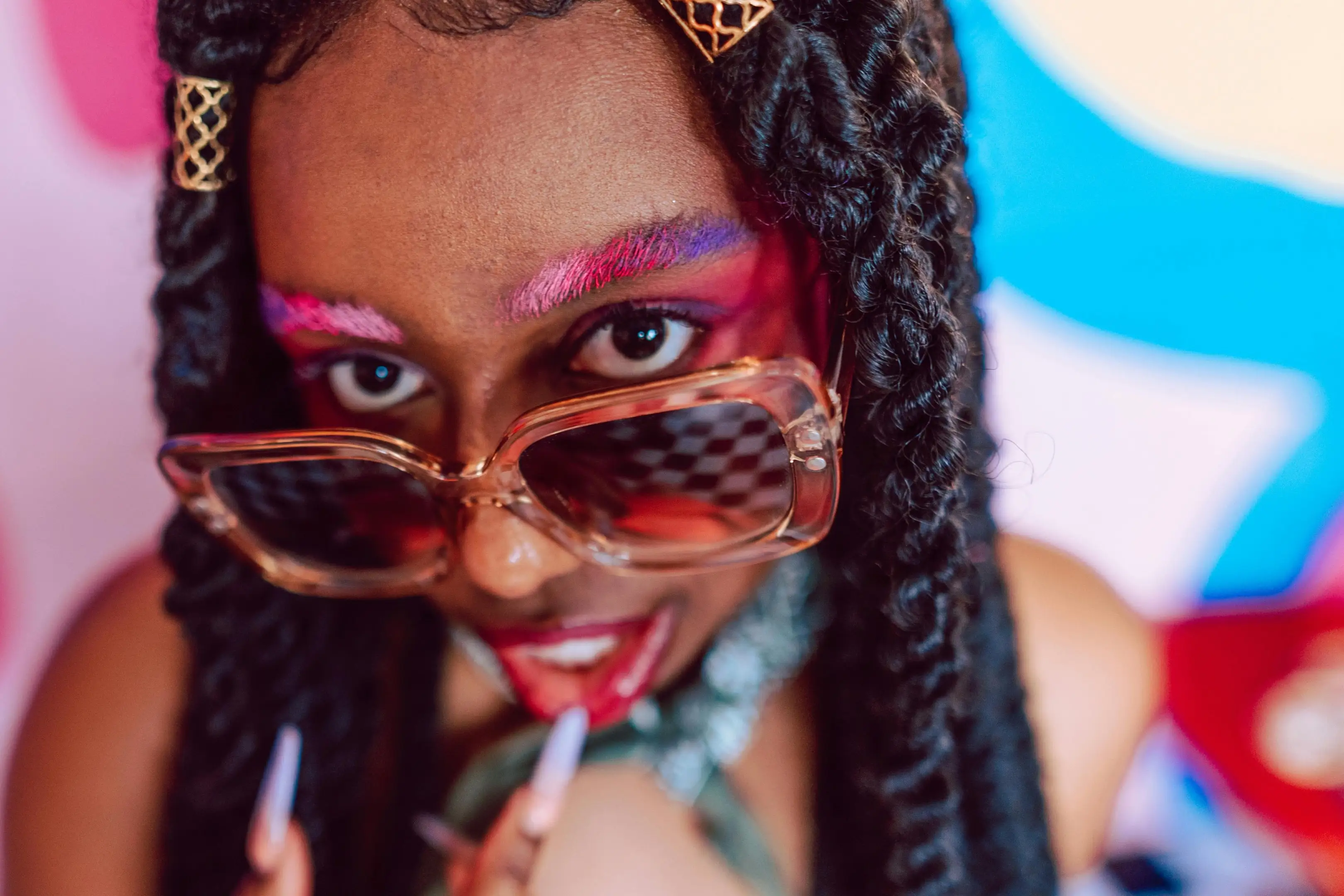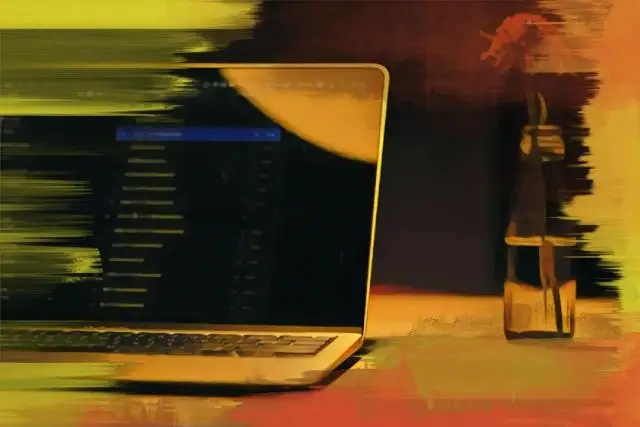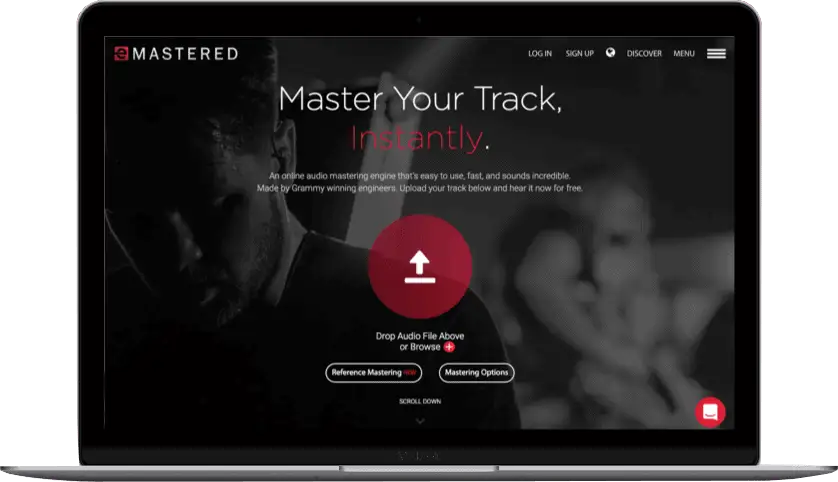Anyone can make music, but not everyone can master the art of promotion. In today's music landscape, signed artists earn a record deal due to their fan bases more than anything else. This is not to say that you need a record deal to effectively promote your music, but it goes without saying that even if you're pursuing a label, you'll need to do at least some promotion on your own.
Nowadays, it's your ability to promote music that attracts a label, not the other way around.
Regardless of your specific goals as an artist, learning how to promote a single release is essential for any artist.
Fortunately, we've put together a comprehensive guide on how to promote music so that you can grow an audience that extends far past music streaming platforms.
Below, we'll discuss the basics behind music promotion, reaching your target audience, and how to effectively prepare for release day so that you can get your art to as many people as possible.
Introduction to Music Promotion
Most new artists dread diving into the world of music promotion. After all, creating the music itself takes an unexpectedly long amount of time, money, and effort. Making it to release day can feel like a finish line in itself. You can certainly create and release music for your own enjoyment without having to step foot into the world of marketing.
However, if you want to have the chance of being a professional or semiprofessional artist in the future, you're going to have to put some significant and consistent effort into creating promotional materials and content to support your work as an artist.
By one account, over 120,000 songs are added to streaming platforms per day in 2025. Building amazing music might not be enough to stand out on its own when you take into consideration this unending sea of songs.
However, a well-planned promotional strategy can help increase your visibility and attract new listeners to your next release with a little bit of time and elbow grease.
We'll outline actionable strategies to help you spread your music to new listeners and potentially media outlets, but don't forget that sometimes the best strategy is pure experimentation.
The fast-paced media landscape rewards those who can craft an idea, test it out, and try again tomorrow, learning a little bit from the experience they had from yesterday. When it comes to promoting your music, one of the most valuable qualities you can bring to the table is consistency and an overall attitude of resilience.
Start with the Song
As trite as it may be to say, if you don't have a great song, no amount of marketing is going to convince folks to listen to it organically. New independent artists certainly need to get something out there to start building up their portfolio as soon as possible, but the music industry will certainly notice consistent quality: it's a balance.
Before even worrying about marketing and promotion, ask yourself if your song is truly as good as it can be. It may seem obvious, but sometimes the most effective promotional strategy is having a song that is truly catchy, fun, and able to create hype on it's own accord by virtue of being great.
Branding Considerations
The truth is that artists act as individual brands: your ability to communicate those ideas as a brand speaks to fans interest in your future releases and investing in the world that you have built as an artist. A couple of questions you might want to keep in mind:
- What colors represent my work as an artist?
- What sorts of visual styles enhance the experience of my music?
- What's my tone in the way I speak about my art? If the art project is separated from who I am on a personal basis, what's my personas' personality like as an artist?
Every musician is at liberty to go as far as they'd like with committing to branding aspects when it comes to their personal art, but at the very least, these are all factors you'll want to consider while creating an ecosystem around your music.
Defining Your Target Audience
While building your brand, you have to put some time into defining who exactly your music is for. Ask yourself the following questions: What are some similar artists your fans may enjoy? How do people like to listen to your music? What's the ideal editorial Spotify playlist for your music?
Narrowing down who might be interested in your music can be extremely helpful when it comes to finding your fan targets and creating a cohesive ecosystem for your art. It's not just about the music, the best artists are skilled in world-building to provide an immersive experience for their fans.
How to Promote the Release of a Single
One thing to note about music promotion is that it's best done as an ongoing process: So many artists focus on exclusively the release date which is undoubtedly important, but the strongest artists keep the audience engaged even when they aren't actively releasing.
Therefore, understand that the tips and tricks listed below are especially important for release day, but they should ideally be adapted to become an ongoing part of your process.
How long should you promote a single before release?
You should have a strong plan in place when it comes to promoting your single, but ideally, you shouldn't promote your single until you have a pre-save link available for listeners so they can check it out once it's released.
It can be hard enough to capture someone's attention in today's music landscape, so you want to make sure your promotional efforts are tied to an action, whether that's bringing listeners directly to your new song or capturing a pre-save.
A pre-save link provides your fans with the option to save your song before its out so that they can have early access and guaranteed listens as soon as your track has dropped. Encourage fans to help you reach a certain number of pre-saves to unlock exclusive content or other goodies.
Building a Visual Identity
It's more important than ever to have a strong visual identity as an artist since so much of music is initially consumed paired with short form videos in the modern music landscape. It doesn't have to be expensive , but you need to have some sort of visuals paired with your music on your artist YouTube channel. This could be a lyric video, full blown music video, or just a visualizer helping to set the tone of what your art sounds and feels like.
Reels and TikToks
Short form video is a must in today's music landscape. New music should be promoted regularly with short form content across TikTok, YouTube, and Instagram in order for you to organically build an audience.
Canvases
Don't forget that platforms like Spotify now include a visual component! You can upload a 3-8 second canvas onto Spotify for artists which will play alongside your music within the app.
Networking and Collaboration
One of the best ways to build a sustainable community is to start creating with other artists. Over the course of your music career, it's essential to build up a wide network of collaborators, so get started as soon as you can! Reach out to other musicians to brainstorm about social media strategy, co-writing, or helping each other to make visuals.
Online Duets and Contests
Invite fans and fellow musicians to duet or reiterate on top of your new release to extend the hype far past release day. You can even provide fans or skilled producers early access to your stems or new track for the purpose of putting together an official remix for your future track. Find ways to get other folks involved in your process.
Networking Opportunities
If you're lucky enough to live in a city with a substantial music hub, take advantage of local networking opportunities! Be on the lookout for events thrown for artists from your PRO, different gear companies, or even host your own for local musicians in your community. Open mics are a great space to start if you're not sure where you can find other local musicians.
Creating an Electronic Press Kit
Back in the day, an EPK or electronic press kit was essential for pitching yourself to music bloggers, record labels, and other industry professionals. An EPK included your bio, music and contact information, usually in a one-page format somewhat like a pitch for your offerings as an artist.
Nowadays, your socials act as your portfolio and so a formal EPK isn't as necessary as before. Stay on top of your link in bio, have a bio you can send to press outlets on hand, and build your presence on social media platforms for the best chance of getting your music heard.

Music Blogs and Reviews
Music blogs and reviews are certainly not what they once were. While still important in terms of curation, they are not make or break when it comes to building your career. That being said, for most music blogs, you can find a submission page or contact email on the site itself. Many music blogs have offloaded to using a service like Submithub, which offers paid submissions in the form of credits.
Both are legitimate ways to land yourself a blog placement, but your efforts may be better directed towards new media outlets.
When promoting your music, take a second to consider the ways you discover new music as a listener. Is it on TikTok or Instagram? Is it a result of a few trusted influencers? Use your self-analysis to start identifying exactly how you should be catering your promotion strategy as an artist.
SEO Optimization
SEO Optimization in the traditional sense across web platforms is not as important as it once was, but it's a good idea to have a couple of hashtags and keywords that relate to your brand as an artist. This will help you target your audience methodically. You can also use hashtags of the band names of similar artists to help push out your music to like-minded fans.
How to Get on Release Radar and Algorithmic Playlists on Spotify
You can certainly reach out to independent playlist curators to inquire about placement on their platforms, but when it comes to official Spotify algorithmic playlists, you have to be on top of your release date.
Spotify recommends uploading your music at least a week before your release date to ensure that it's sent to your Spotify followers' Release Radar playlist. Algorithmic playlists like Discover Weekly, Mixes, and more will be triggered by your audience's listening habits.
For a chance to be on an editorial Spotify playlist, you'll need to use Spotify's embedded pitching tool in Spotify for Artists, ideally submitting at least 2 weeks ahead of your release date.
What Do I Do On Release Day?
Congratulations! You've made it to release day at last. It's time to make sure your link-in-bio is up to date with direct links to the song itself and any video content, if applicable.
Some artists prefer to stagger their content: for instance, you might put out the music video a week after your release date.
On your drop day, definitely put up some sort of post on all platforms whether that's showcasing the cover art with the song playing in the background, short form videos to your song, or a newsletter notifying your fans that your song is out and ready to be listened to!
Keep the momentum going by posting about your track days and weeks after your song has come out. You can keep things spicy by even creating an alternate version or acoustic version to showcase your song in novel ways to your audience if you feel like things are growing stale.
How do I announce a single release?
Releasing music can feel like a bit of a time warp because in reality, you have spent hours toiling away on your art in solitude and when you make it to release day, your audience will be experiencing your work for the first time. It's natural to feel sick of your song, and your might feel exhausted from all of the work that went into making your song. Whatever you do, do NOT give into this impulse!
When your song has been released (or at the very least linked with a pre-save page), it's time to bunker down and start promoting, in whatever fashion that makes the most sense to you.
There's no one right way to promote. We've outlined several strategies above, but essentially it boils down to using social media consistently, crafting engaging short form content, responding to your audience and analytics, and continuing to create music!
The best way to promote your music is a method which you can maintain and commit to, while tending to the other important areas of your life.

Helpful Tools for When You Release Music
Here are some free and paid tools that may be of use when it's time to drop your music:
CapCut
If you don't have a full-service editing program like Premiere Pro on your hands, not to worry. You can use free services like CapCut to edit short form videos and assets on your smartphone.
ToneDen
ToneDen is a simplified platform that allows you to run paid ads, primarily across Facebook and Instagram, without the hassle that comes from using the backend of those platforms directly. These are campaigns you could run yourself without having to pay for the service, but some artists may find the platform a bit easier to use.
MailChimp
MailChimp is a great place to build your email list: believe it or not, having a newsletter is still important in today's modern world, since it's one of the only spaces in which you can depend on reaching your audience directly. Mailchimp allows you to send out newsletters for free to up to 500 contacts to start.
Laylo
Laylo is built to give you a beautiful pre-save page and also provides the option to text fans to reach your audience directly. Keep in mind that certain distributors, like Distrokid's Hyperfollow, provide you with a presave page as included with the service.
Canva
Canva is an excellent, freemium tool that lets you build posters, icons, and other visual assets you can use to promote your artist project. You can also build EPKs and pitch decks for the more formal business side of the industry.
Adobe Express
Similar to Canva, Adobe Express is another consumer-friendly tool you can use to make assets promoting your new music. You can also edit videos within Adobe Express, though these features are newer to the platform.
Patreon
It's no secret that streaming platforms do not pay out substantially to artists, but you can use direct-to-fan platforms like Patreon to supplement that income by providing fans with BTS content, exclusive songs and audio and other goodies in exchange for an "a la carte" or subscription charge.
Understanding the Waterfall Release Strategy: Stacking Singles
How you release music will vary depending on whether you're dropping a single song or if your track is a part of the broader context of a project.
It's commonplace to opt for a waterfall strategy, where you release one single at a time, adding subsequent single releases on top of the next until you're ready to release the full EP or album.
For instance, suppose you have one song called "I Showed Him" and another one called "He Showed Me".
Let's say you've already released "I Showed Him". When you're ready to release "He Showed Me", you can drop a project with both "I Showed Him" (using the same IRSC code as before) alongside "He Showed Me", but marketing the new track as a single.
When done properly, the streams from your previous release will carry over and autoplay to that song after your new single is played, introducing listeners to more of your music.
Preparing Properly For Your Song Release is an Essential Part of the Process
It can be intimidating to start promoting after you've gone through all the work of getting your work on streaming services, but the reality is that cultivating a promotion strategy is the difference between getting your music heard or undiscovered.
In addition to the above strategies, you can experiment with reaching out to playlist curators or tinkering services like playlist push: however, taking the time to build an organic, deeper connection with potential fans from the ground up can make all the difference in creating a sustainable brand.
There aren't always shortcuts when it comes to promoting your work. But the good news is that it's easier than ever to find a large audience with enough time and dedication to becoming a great marketer across social media and in your immediate community.
Hopefully, this guide has made it easier for you to understand the ins and outs of promoting your single. Have fun putting together the materials behind your next music release!





